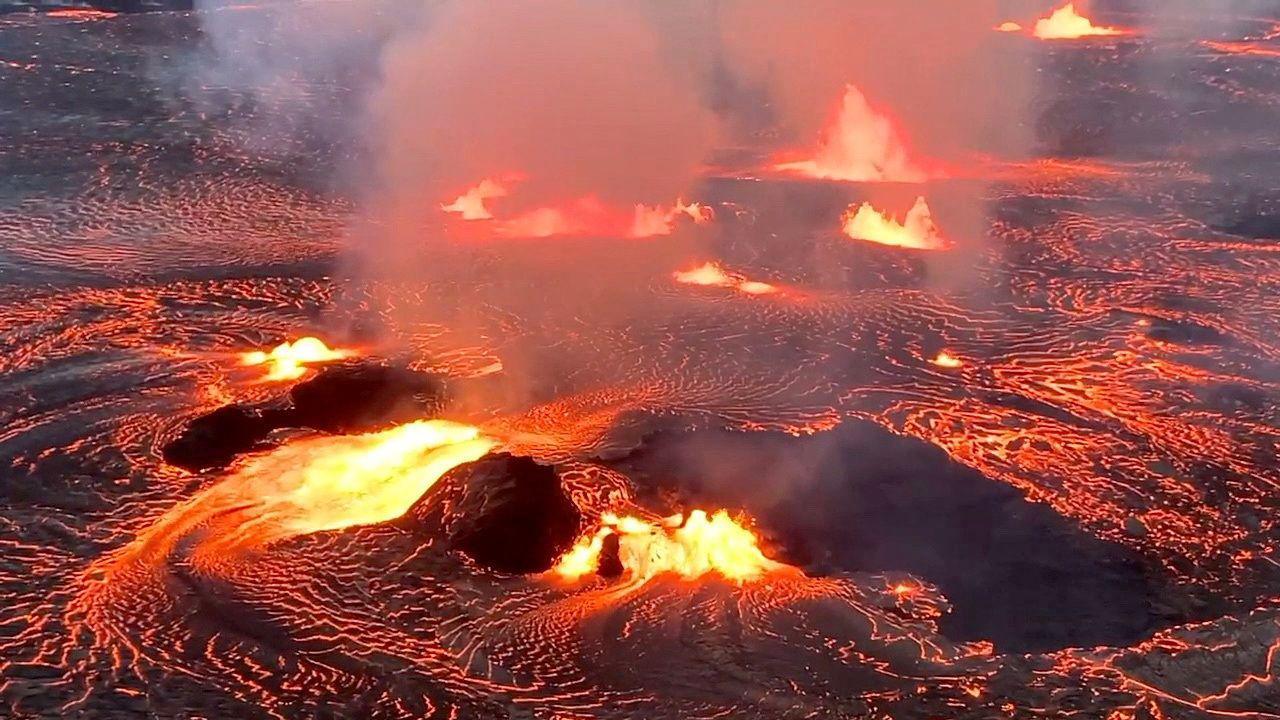The summit crater records its 31st eruption since December
Scientists monitor activity while visitors witness the spectacle
Hawaii’s Kilauea volcano, located on the Big Island, erupted again on Friday, sending lava fountains up to 100 feet (30 meters) into the air. This marks the 31st eruption since December, reinforcing its classification as one of the world’s most active volcanoes.
The activity is centered at Halemaumau Crater within Hawaii Volcanoes National Park. Officials confirmed that the eruption remains confined to the summit crater, posing no immediate threat to nearby homes or communities. Residents and tourists are able to view the event from designated areas, while thousands more watch through live camera streams provided by scientific authorities.
Magma activity and scientific analysis
According to the Hawaiian Volcano Observatory, magma has been traveling through the same underground pathways since December, reaching the surface in periodic bursts. This process allows molten rock to build pressure before erupting as lava fountains. In past episodes, these columns have risen over 1,000 feet (300 meters).
This eruption pattern is consistent with previous historical events, including those in 1959, 1969, and 1983. The 1983 activity continued in various forms for more than three decades before ending in 2018. Scientists note that the current eruption could follow a similar path, although the duration and outcome remain uncertain.
Cultural and tourism impact
Halemaumau Crater holds cultural significance for Native Hawaiians, who consider it the home of the volcano goddess Pele. For many, the lava flows symbolize not only natural power but also the creation of new land.
Tourism at Hawaii Volcanoes National Park has increased significantly throughout the year, driven by interest in witnessing the eruptions. Park officials encourage safety measures, reminding visitors to stay on marked trails, avoid unstable cliff edges, and be cautious of volcanic gases and ash.



